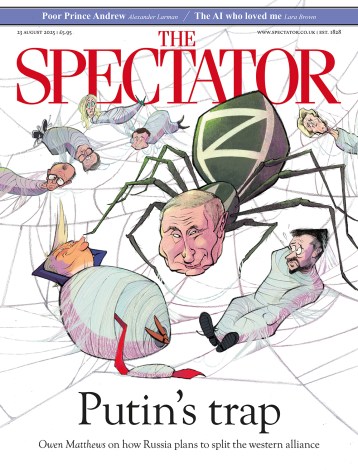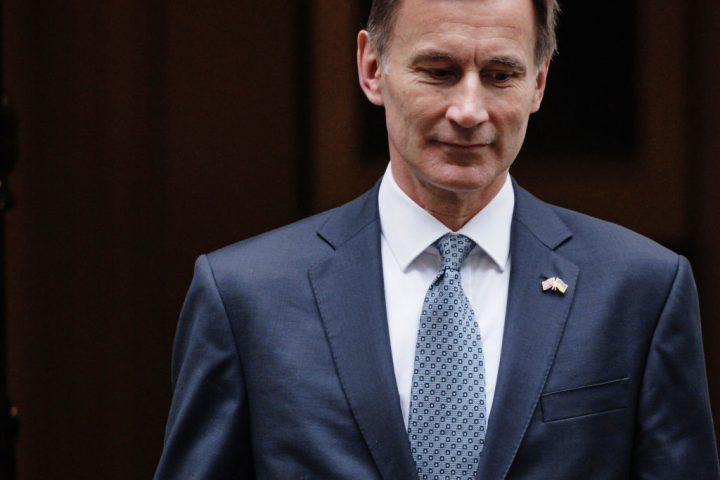The government has been claiming since the start of the year that it’s on a mission to ‘halve inflation’ – despite having virtually no control in this area. Still, this week Rishi Sunak ramped up the narrative when the latest set of data showed the headline rate falling from 10.1 per cent on the year in March to 8.7 per cent in April. It was false optimism. And it’s backfired.
Markets quickly saw past the headline rate and looked at all the worrying news underlying it: mainly that core inflation actually rose, nearing 7 per cent on the year in April. Borrowing costs have spiked since then: 10-year gilt yields hit 4.37 per cent yesterday, now the highest in the G7. This hasn’t happened since the financial crash. Despite a little bit of fluctuation today, not much has changed.
Unlike last autumn, when markets were reacting to the government’s fiscal policy, this week’s spike is focused on failures in the Bank of England’s monetary policy: mainly the inability to get inflation under control. But different causes are leading to similar consequences in the gilt markets as expectations for peak interest rates rise further. Borrowing costs are, once again, reflecting that.
This has led to one of the franker statements we’ve had on inflation for a while, from the Chancellor no less. When asked by Sky News this morning if he would tolerate a recession to tackle inflation, Jeremy Hunt said yes, he would. The Bank raising rates further to get inflation under control would be a very painful trade-off, but one he would ultimately support to get a handle on it. This is quite some way from the good news inflation story that was being spun by the government earlier this week. But it is a far more honest narrative.
The Bank fell far behind the inflation crisis back in 2021 and has never managed to catch up. The big fear now is that this week’s spike in borrowing costs may not simply be a reflection of how far markets think interest rates will rise, but also markets losing faith that the Bank can do its job.







Comments